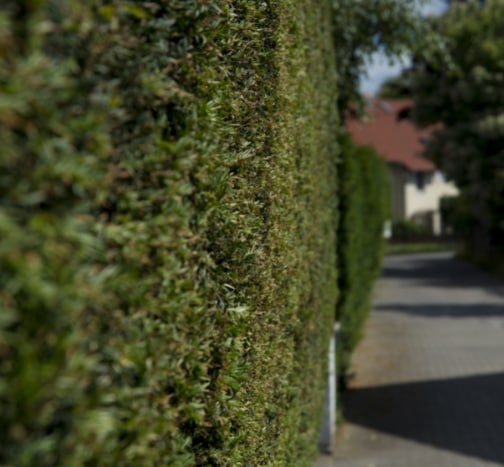
Introduction: Erosion can have a significant impact on the stability and health of the landscape. Soil erosion, in particular, can lead to loss of topsoil, reduced water quality, and property damage. Trees are crucial in mitigating erosion, and strategic pruning can enhance their effectiveness. In this blog post, we will explore the importance of pruning trees for erosion control and the techniques involved.
The Role of Trees in Erosion Control:
Trees offer several benefits when it comes to erosion control:
- Root Structure: Tree roots help bind the soil together, preventing it from washing away during heavy rains or strong winds.
- Canopy Protection: The canopy of trees intercepts rainfall, reducing the impact of raindrops on the soil surface and minimising soil compaction.
- Stabilising Slopes: Trees planted strategically on slopes can help stabilise the soil, reducing the risk of landslides and erosion.
Pruning Techniques for Erosion Control:
Proper pruning of trees can enhance their ability to control erosion:
- Crown Thinning: Thinning the tree’s canopy allows more sunlight to reach the ground, promoting the growth of groundcover plants that help prevent soil erosion.
- Limbing Up: Pruning lower branches, or “limbing up,” can prevent leaves from covering the ground, reducing the risk of clogging surface flow and erosion.
- Removing Deadwood: Regularly remove dead or dying branches as they can weaken the tree’s structure and reduce its effectiveness in preventing erosion.
- Windward Side Pruning: On sites prone to prevailing winds, consider pruning more heavily on the windward side to reduce wind turbulence and soil erosion.
Selecting the Right Trees:
When planning for erosion control, it’s essential to choose tree species that are well-suited to the site’s conditions. Native trees often adapt better to the local environment and can be more effective in erosion control efforts.
Timing of Pruning:
The timing of tree pruning can impact erosion control effectiveness:
- Dormant Season: Pruning during the dormant season (late fall to early spring) is generally ideal, as it minimises stress on the tree and reduces the risk of disease transmission.
- After Severe Weather Events: After storms or heavy rains, inspect trees for damage and prune as needed to maintain their stability and erosion control capabilities.
Consulting a Professional:
Pruning trees for erosion control requires expertise to ensure the right techniques are used without compromising the tree’s health. Certified arborists or tree surgeons can assess your site, recommend suitable tree species, and provide the necessary pruning services.
Conclusion: Trees are nature’s erosion control solution, and with the right pruning techniques, they can be even more effective in stabilising soil and preventing erosion. By strategically maintaining and pruning trees, we can protect the landscape, promote healthier ecosystems, and minimise the adverse effects of soil erosion on our environment.
Call us on: 01227 204594
Click here to find out more about Whitstable Tree Surgeons
Click here to complete our contact form and see how we can help with your tree’s needs.